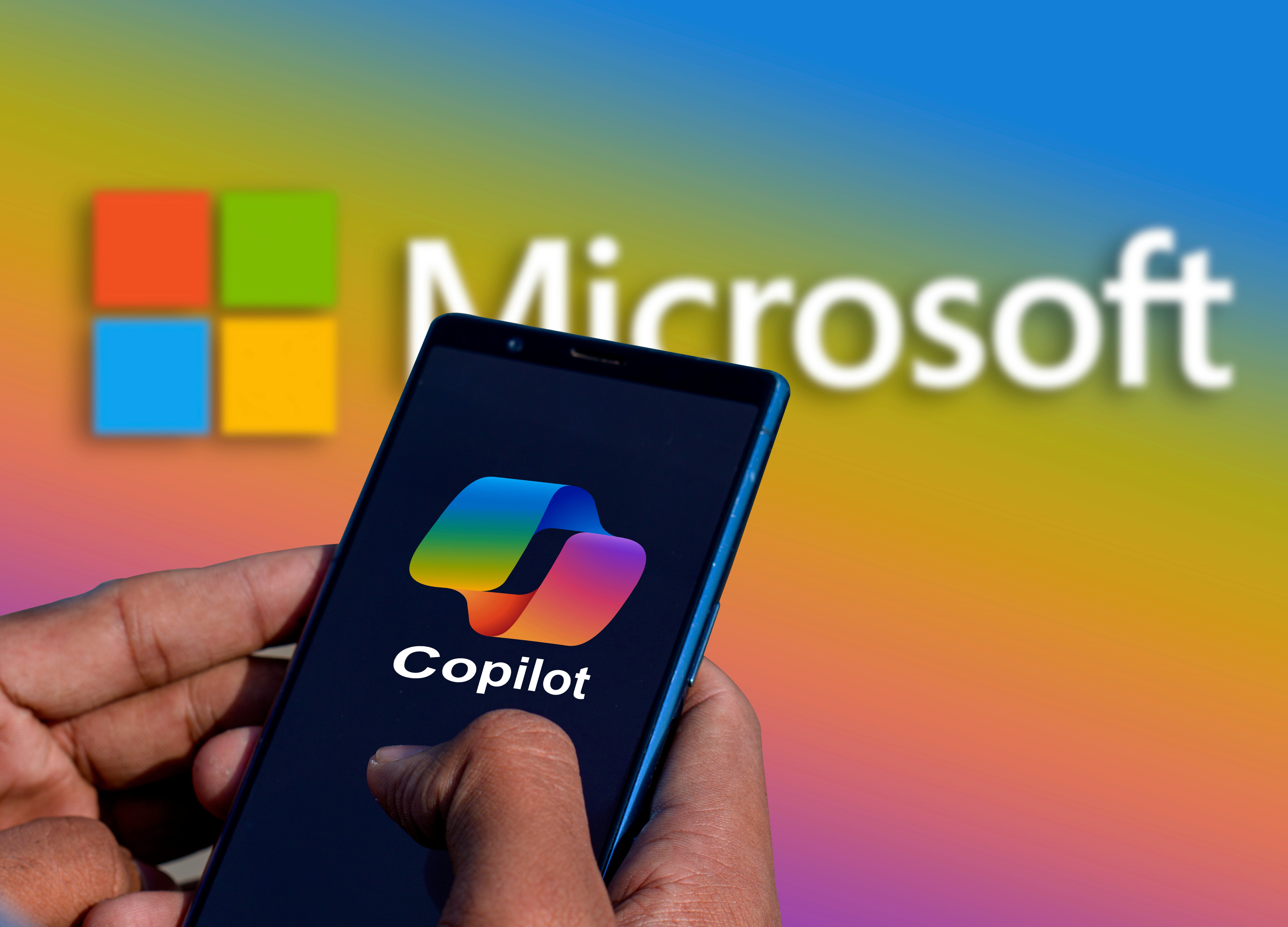How Copilot Can Boost Your Business in Microsoft 365
AI is everywhere these days, and Microsoft is certainly no exception. If you’ve been hearing about the company’s latest AI endeavor, Copilot, you might be curious about what the tech can really do, and whether it’s worth it for your company to invest in it for your employees. What is Copilot? Essentially, Copilot is Microsoft’s version of an AI assistant.

AI is everywhere these days, and Microsoft is certainly no exception. If you’ve been hearing about the company’s latest AI endeavor, Copilot, you might be curious about what the tech can really do, and whether it’s worth it for your company to invest in it for your employees.
What is Copilot?
Essentially, Copilot is Microsoft’s version of an AI assistant. The company originally unveiled Copilot back in March of 2023, promising AI-enhancements to all corners of the Microsoft ecosystem.
Copilot can be used like ChatGPT, accepting questions and requests from the user and generating text or even images in response. It can search the web using Microsoft’s Bing search engine, as well. When used in Windows, you can think of Copilot like Siri or Alexa, responding to user requests to pull information from the OS or internet, or take action in Windows on the user’s behalf.
But where Copilot gets interesting for business use is its applications in Microsoft 365. Copilot can be used in Word, Excel, Powerpoint, Outlook, OneNote, and Teams to both make you more productive and to connect the dots in ways that would typically take you a long time, or potentially in ways you wouldn’t have seen yourself.
Here are some use cases for Copilot in each of the major Microsoft 365 apps:
- Word: Copilot can generate a business proposal based on meeting notes you took in OneNote, combined with your email correspondence with your team.
- Excel: Ask Copilot to analyze the data in your spreadsheet and to look for specific trends. Once it returns a result, ask it to generate a report in Word based on the analysis.
- PowerPoint: Have Copilot look through your notes to generate a slideshow for your clients.
- Outlook: Ask Copilot to summarize your most important messages so you can clear through your essential correspondence more quickly. You can also ask Copilot to pull information from Outlook emails into another Microsoft 365 app.
- OneNote: Generate a to-do list from your notes, then ask Copilot to create an actionable plan from that list.
- Teams: Copilot can take notes on your behalf and let you know what you missed if you couldn’t attend the meeting.
There’s a lot Copilot can do in Microsoft 365 and Windows as a whole.
Marketing with Copilot
Copilot can also be a great marketing tool in Dynamics 365 Marketing. Rather than deal with SQL queries, analysts and marketers can “talk” to Copilot in conversational language, and learn about their customers and the data more naturally. One could, for example, ask Copilot how many customers currently in live New York City, who are over the age of 35, who have also subscribed to an online service in the past six months, and receive answers immediately.
By describing the segment you want to target, Copilot can build you the audience you’re looking for, without needing to know how to analyze data or develop queries yourself. Copilot can even generate content for this audience, again, without any knowledge of content creation necessary. It seems that one of Microsoft’s goals with Copilot is to allow users to do things they previously couldn’t do.
Staying cautious
While Copilot is undoubtedly impressive, it isn’t infallible. Like all AI, Copilot is subject to mistakes, commonly referred to as “hallucinations” (especially when the AI makes its results up without evidence).
When using Copilot for work, take care that the results it generates are accurate and based on real data you can verify. That goes for data it pulls from internet searches, as well as information it uses from your various apps. You wouldn’t want to present a proposal to a client based on misinterpreted data, or data that doesn’t actually exist.
At the end of the day, Copilot is still just a tool, with flaws you need to look out for. You as the end user need to double-check and verify that the work generated with Copilot is accurate.
Copilot pricing
For Enterprise users, Copilot costs $30 per month per user. For individuals, you can use Copilot for free, but it won’t integrate with your Microsoft 365 account unless you pay for Copilot Pro, which costs $20 (in addition to your 365 subscription).
It’s an expensive ask that adds up, especially if your company has a large number of employees looking to use Copilot. However, Copilot can potentially empower employees to save time, by allocating time-consuming tasks to an AI that can do the job quickly (even if fact-checking the AI adds some of that time saved back).
For some companies, it might make sense to invest in Copilot. Microsoft will only continue to make this technology better for the foreseeable future: Getting in early could be a
Share This



